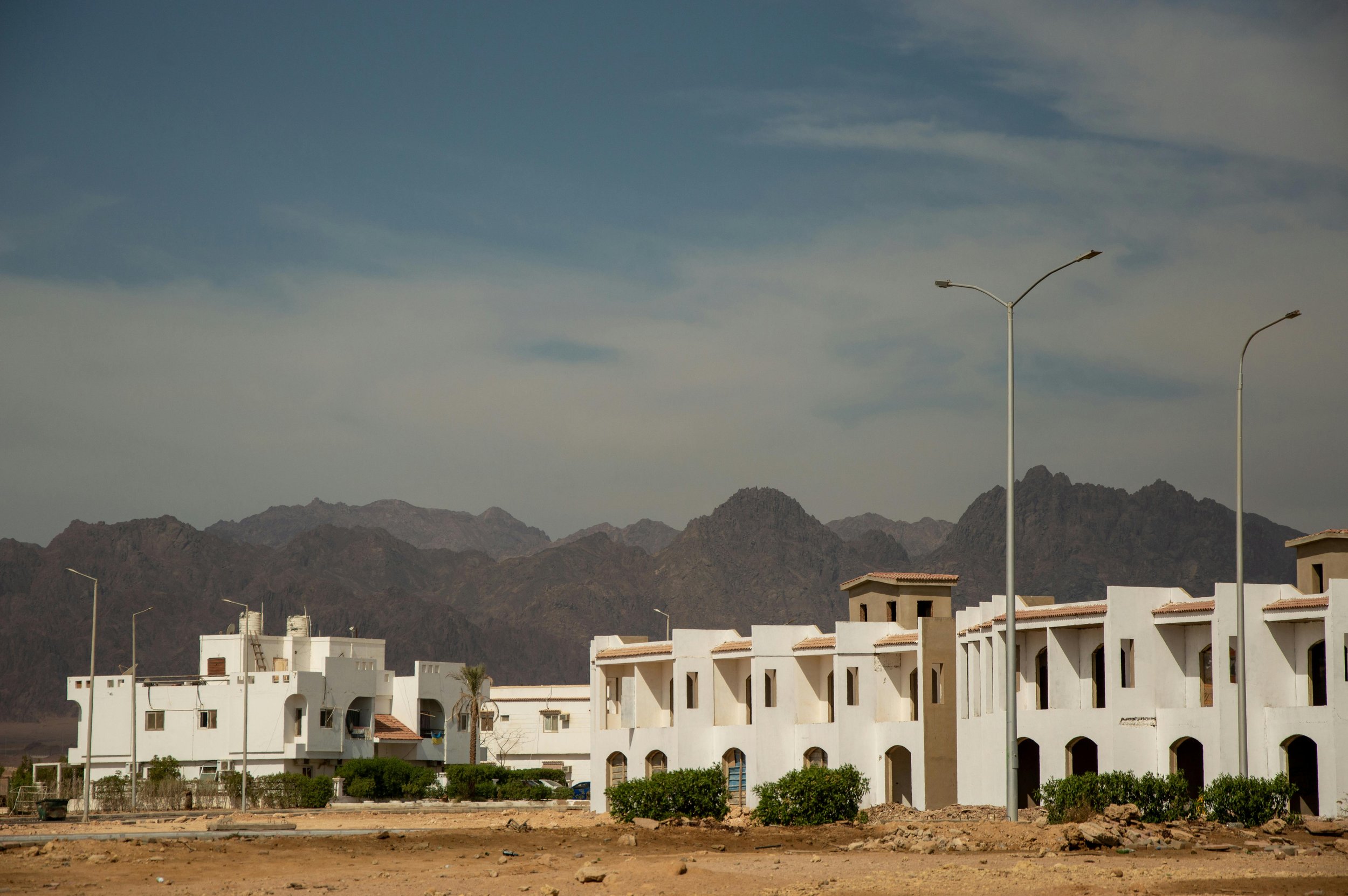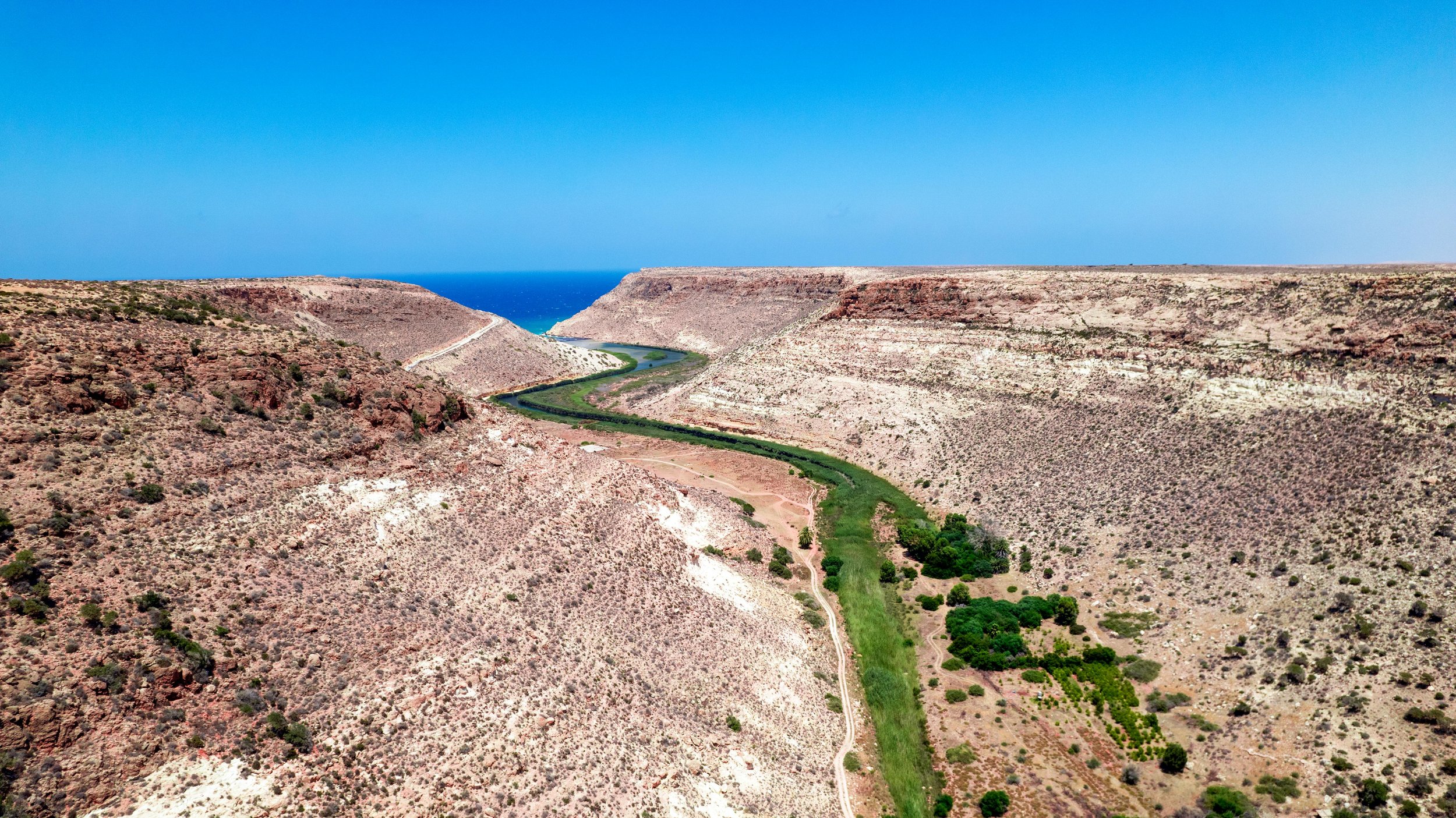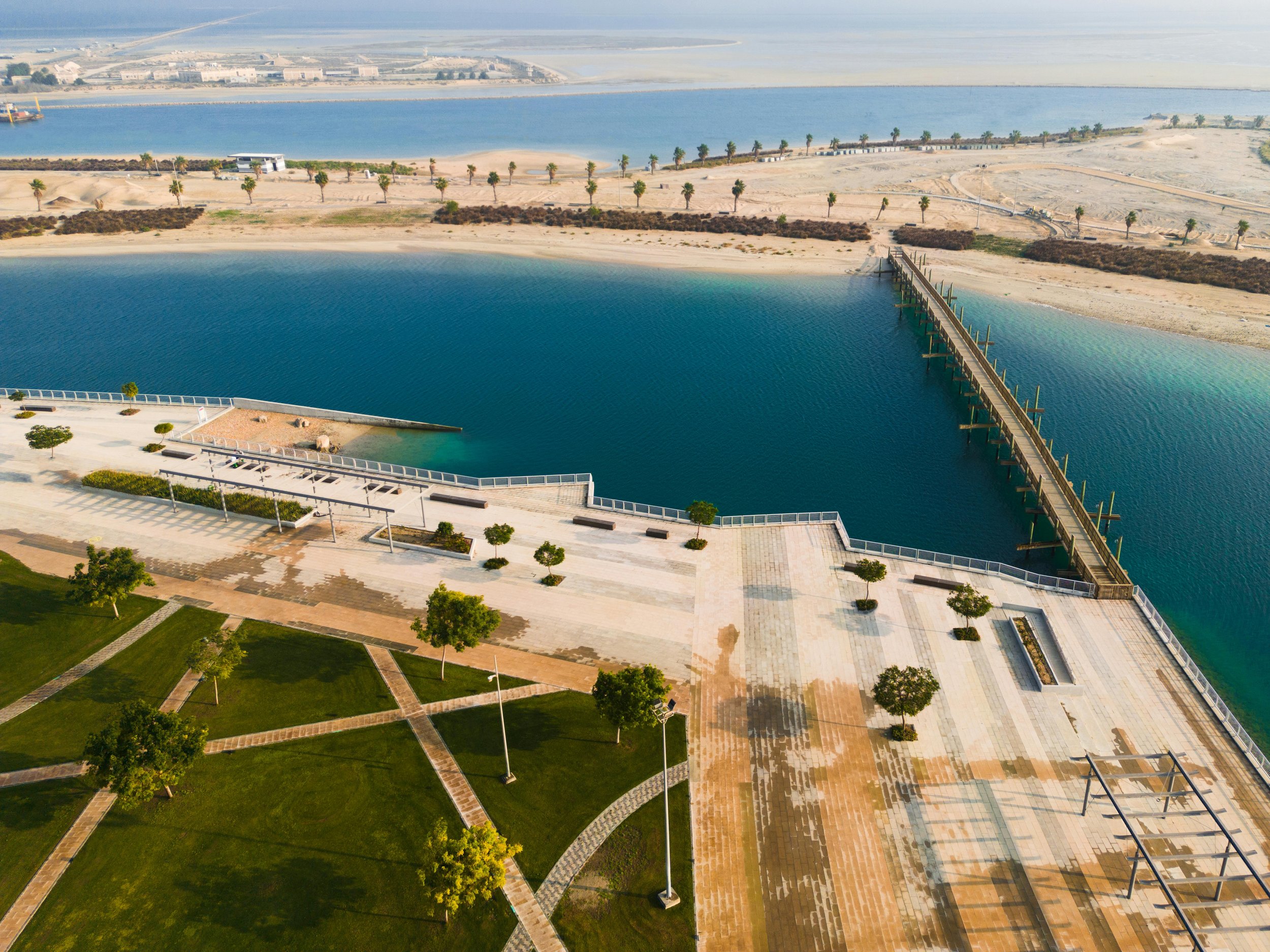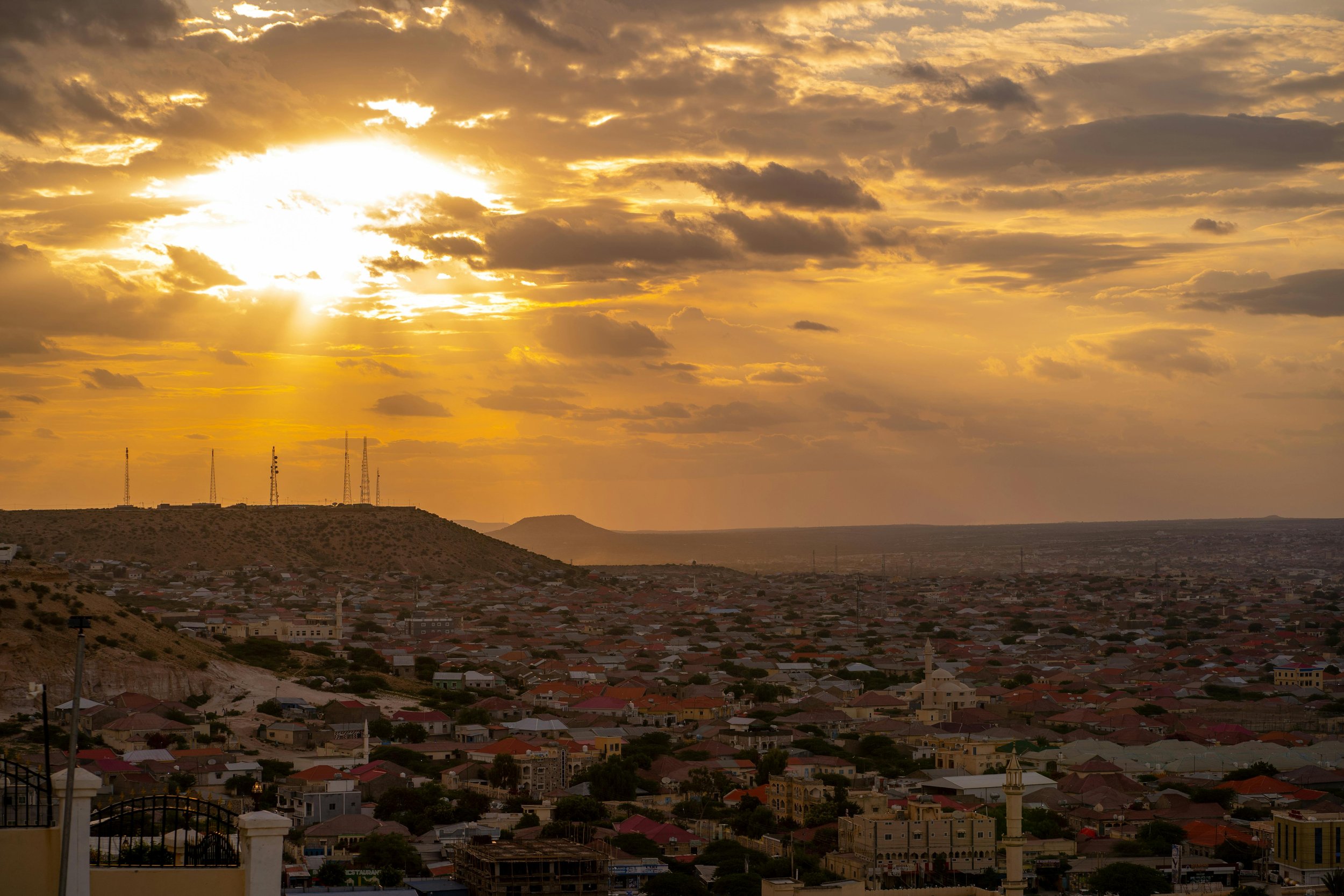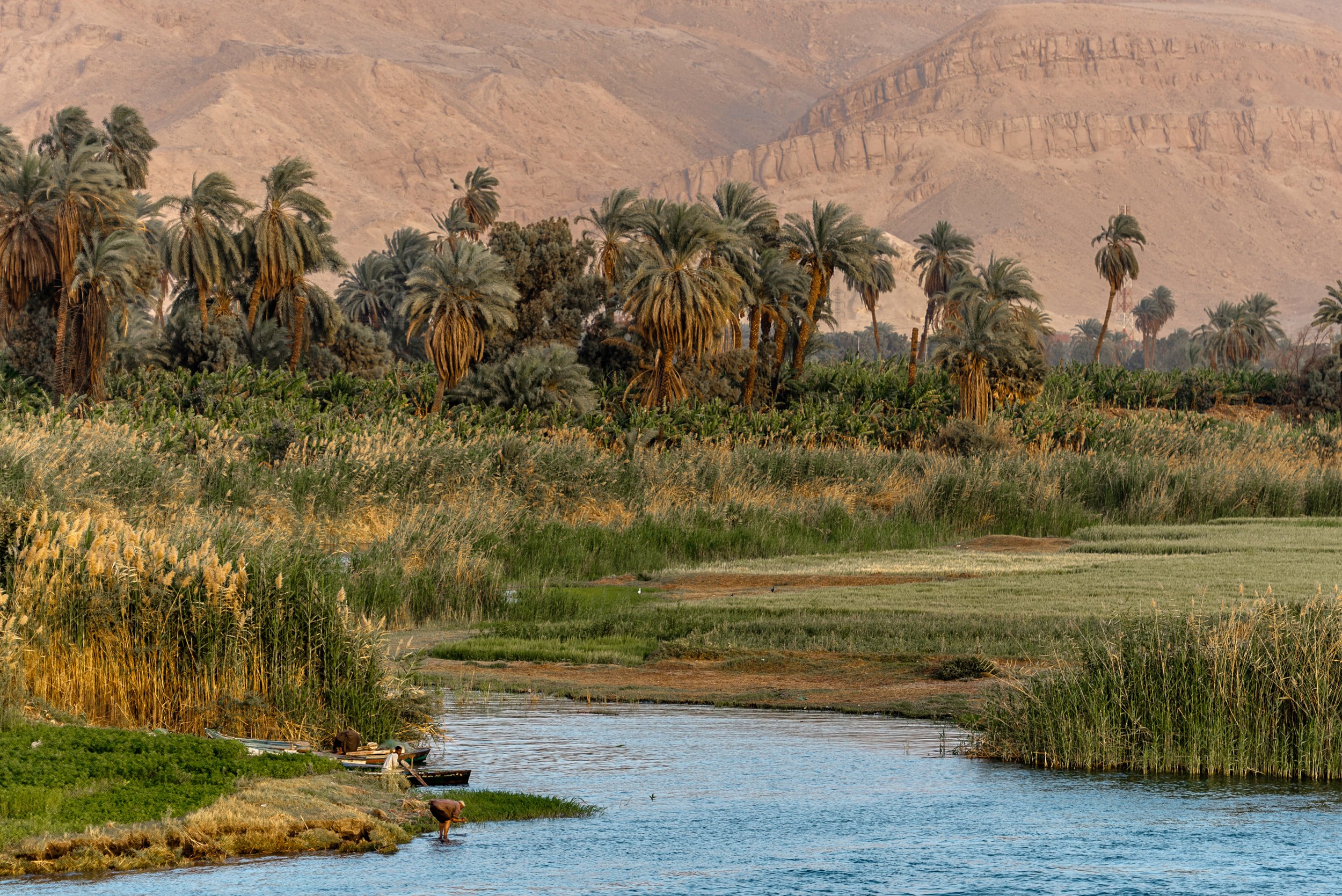How the World’s Most Arid Nations Combat Water Scarcity
From the deserts of the Middle East to the drylands of Sub-Saharan Africa, some of the world's driest countries are pioneering bold strategies to secure water in the face of escalating scarcity.
The list of the world’s driest countries may have remained unchanged over the past 50 years, but the challenges they face in securing water have only deepened. Climate change and desertification are worsening conditions in regions like the Middle East and the Sahel, while rapid urbanisation in Saudi Arabia and Qatar, combined with political instability in Yemen and Libya, has further strained water supplies. Today, 2.2 billion people globally lack access to safe drinking water, and nearly 4 billion face severe water scarcity for at least one month each year. The situation is poised to worsen, with 1 billion more people expected to live under extreme water stress by 2050. Despite these mounting pressures, advancements in desalination, wastewater recycling, and irrigation techniques are providing some hope in managing these scarce resources.
The challenges faced by these nations illustrate two distinct forms of water scarcity: physical and economic. In regions like the Middle East, physical water scarcity is the norm, where the sheer lack of water means that no amount of efficiency can meet the demand. Meanwhile, in parts of Sub-Saharan Africa, the problem is economic water scarcity — water exists, but infrastructure and resources are so limited that millions go without. The Water Scarcity Index highlights these pressures, categorising countries as water-scarce when they fall below 1,000 cubic meters of renewable water per person each year.
Here we look at some of the driest countries, the challenges they face, and what progress is being made:
Egypt
Average annual rainfall: 200mm
Total population: 112.716 million
Rain season: Between December and February
Number of dams: 1
Per capita water consumption: 27.897 billion litres per day
According to the World Bank, Egypt receives an annual average rainfall of 200mm, with the majority falling along the coast. This number drops drastically inland, with Cairo receiving only about 10mm per year. Due to the lack of permanent surface water sources and a high evaporation rate, Egypt is considered a water scarce country.
However, the Nile remains a valuable water source for Egypt, with the Nile Delta accounting for around 50% of the country’s agriculture. The Aswan Dam, located at the border between Egypt and Sudan along the Nile, plays an instrumental role in mitigating flood risks, producing electricity, and supporting agriculture.
Currently, Egypt treats its wastewater and reuses it in tree plantations in the desert. The country also has 90 seawater desalination plants, and there are plans to reuse agricultural water once it has been correctly treated.
Egypt uses a combination of reuse, desalination and dams to manage its water scarcity.
Libya
Average annual rainfall: 26mm
Total population: 6.888 million
Rain season: Between December and February
Number of dams: 16
Per capita water consumption: 1.704 billion litres per day
Most of Libya’s terrain is desert, with an annual rainfall of 26mm. Despite this low amount, the country is still at risk of floods. In 2023, Storm Daniel swept through Libya, causing widespread flooding. Due to the storm’s heavy downpours, two dams in the port city of Derna burst, releasing an estimated 30 million cubic metres of water. Derna’s deputy mayor, Ahmed Madroud, stated that the dams had received no maintenance since 2002. This issue affects many of Libya’s 16 dams, many of which have fallen into disrepair.
Libya’s demand for water is growing, and to keep up, the country has started to invest significantly in securing this precious resource for the future. This includes groundwater abstraction, desalination, and the construction of dams. One of the country’s most unique water projects is the Man-made River Project, which involves the transfer of groundwater from the south to the north, covering 4 000km.
With a growing demand for fresh water, Libya is investing heavily in novel ways to fight water scarcity.
Saudi Arabia
Average annual rainfall: Below 150mm
Total population: 36.947 million
Rain season: Between November and April
Number of dams: 522
Per capita water consumption: 9.144 billion litres per day
In response to its desert climate, Saudia Arabia has sought to ensure its water security by building over 500 dams, tapping groundwater sources, and investing in seawater desalination. Unfortunately, the Kingdom has exhausted its non-renewable fossil groundwater reserves, which is concerning as Saudi Arabia faces extremely high water stress annually, according to the World Resources Institute.
To supplement its water supply, Saudi Arabia has turned to desalination, which today supplies 70% of the Kingdom’s water. Saudi Arabia also has many uses for its treated water including agriculture and landscape irrigation, industrial use, and groundwater recharging.
Saudi Arabia relies on desalination for its water supply.
Somalia
Average annual rainfall: 200mm
Total population: 18.143 million
Rain season: Between March and to June (Gu rain season); between October and November (Deyr rain season)
Number of dams: 250
Per capita water consumption: 4.490 billion litres per day
Somalia’s climate is heavily influenced by several weather phenomena, including the El Niño Southern Oscillation and Inter-Tropical Convergence Zone. This results in varying rainfall throughout the year. For example, the coastline in the north receives around 50mm, while the south can receive up to 400mm annually, reaching as high as 600mm in the southeast.
While the Juba and Shabelle Rivers support some residents, most Somalis rely on groundwater accessed through boreholes, shallow wells, and springs. Despite this, research from the African Development Bank estimates that water access is only around 32%. Droughts are a contributing factor, but the displacement of people due to conflict and the deterioration of existing water infrastructure have also hindered water supply.
Various international organisations are investigating new ways to address Somalia’s water security. The Food and Agriculture Organization of the United Nations, along with Somalia Water and Land Information Management, is collecting data on water sources in Somalia to promote sustainable groundwater use. The World Bank also launched the Water for Agropastoral Livelihoods Project to explore alternative water supply methods. The pilot project found that boreholes might not be the most ideal solution and that sand rivers, also known as “wadis”, could provide a reliable alternative for storing and accessing water.
The deterioration of existing water infrastructure and a harsh climate contributes to Somalia’s water crisis.
South Sudan
Average annual rainfall: 750mm-1 000mm
Total population: 11.088 million
Rain season: Between April and November
Number of dams: 0
Per capita water consumption: 2.744 billion litres per day
Africa’s youngest nation, South Sudan receives an annual average rainfall of between 750mm and 1 000mm. The country’s rainfall is affected by the Inter-Tropical Convergence Zone leading to frequent floods and droughts. It is also located within the White Nile valley, an area that is incredibly fertile and abundant in water.
Despite its high annual rainfall and proximity to the White Nile, water security remains a challenge for South Sudan’s people. According to the United Nations International Children’s Emergency Fund, 59% of people do not have access to safe water. The rainy season compounds this issue, making many water sources inaccessible during floods.
In 2021, South Sudan’s government announced its plan to build a dam on the Nile. The dam would be used to generate electricity and reduce the impact of floods. While still in the early stages, it is hoped that the dam will jump-start the nation’s industrial activities. The World Bank’s research also suggests that South Sudan is not making the best use of its irrigation potential. Solar-powered irrigation systems could help expand the agricultural sector and improve the livelihoods of rural communities.
South Sudan plans a Nile dam to boost electricity and reduce flooding, with hopes of driving industrial growth and expanding solar-powered irrigation for rural communities.
From Egypt’s huge desalination usage and Libya’s 4000km man-made river, to Saudi Arabia’s more than 500 dams, innovation and smart solutions are core to how these countries provide their citizens with safe water.
These approaches align closely with the UN’s Sustainable Development Goal (SDG) #6, which focuses on ensuring availability and sustainable management of water and sanitation for all. While our operations may not match the scale of these grand projects, we apply the same principles of sustainability and innovation to every project we undertake. Our goal is to extend water access to those who need it most, ensuring that the infrastructure we build today remains resilient and effective for generations to come.

